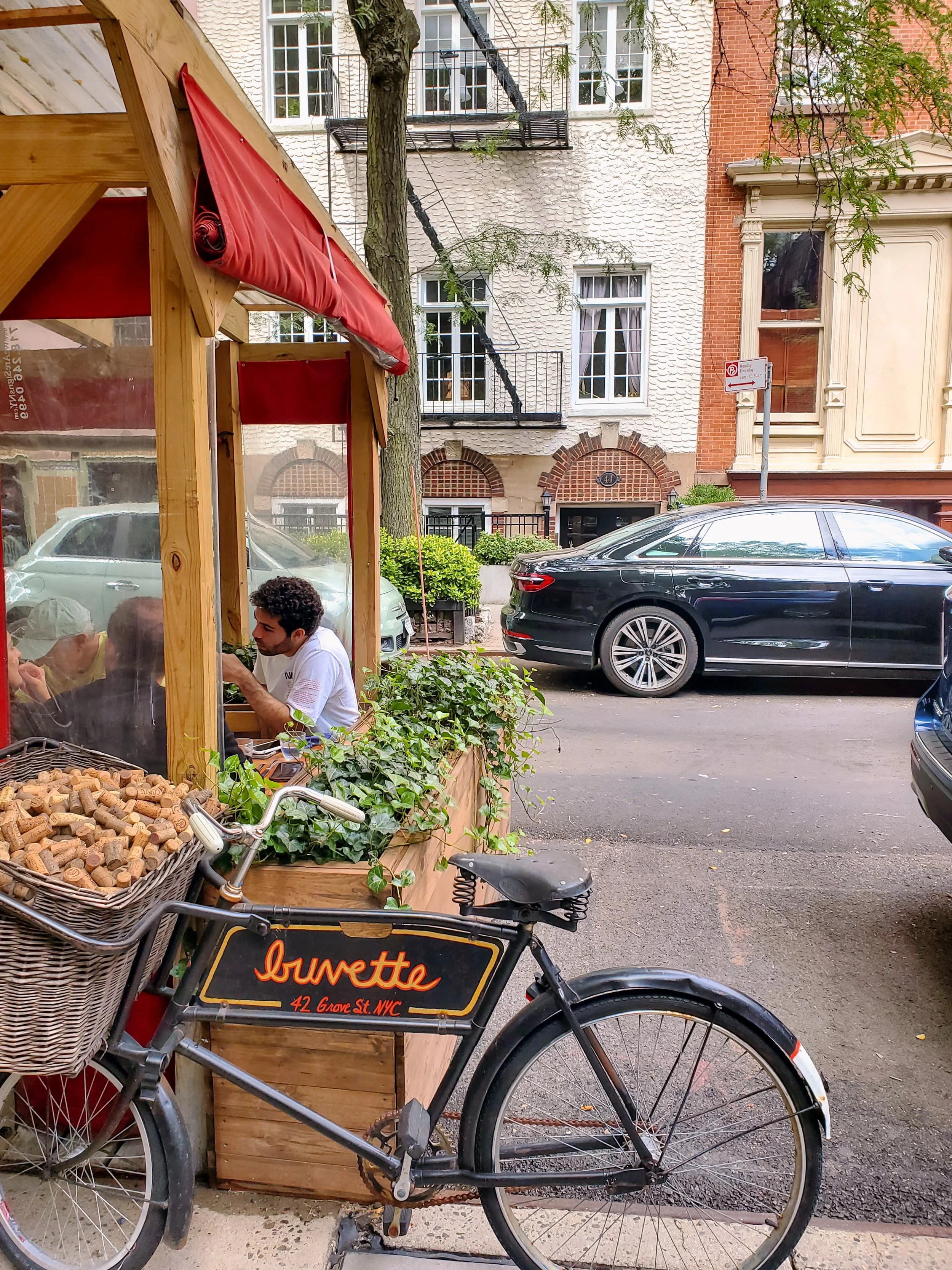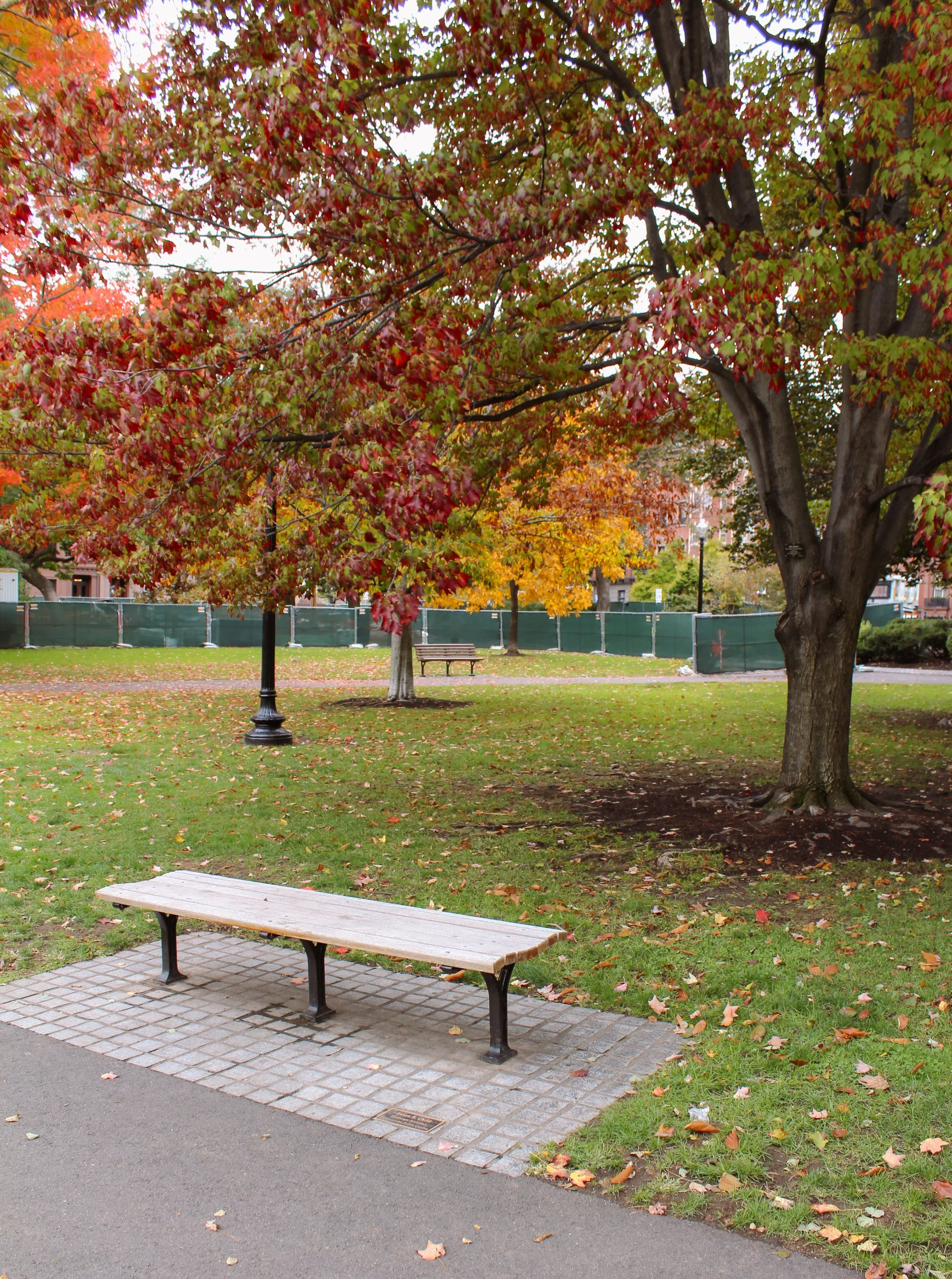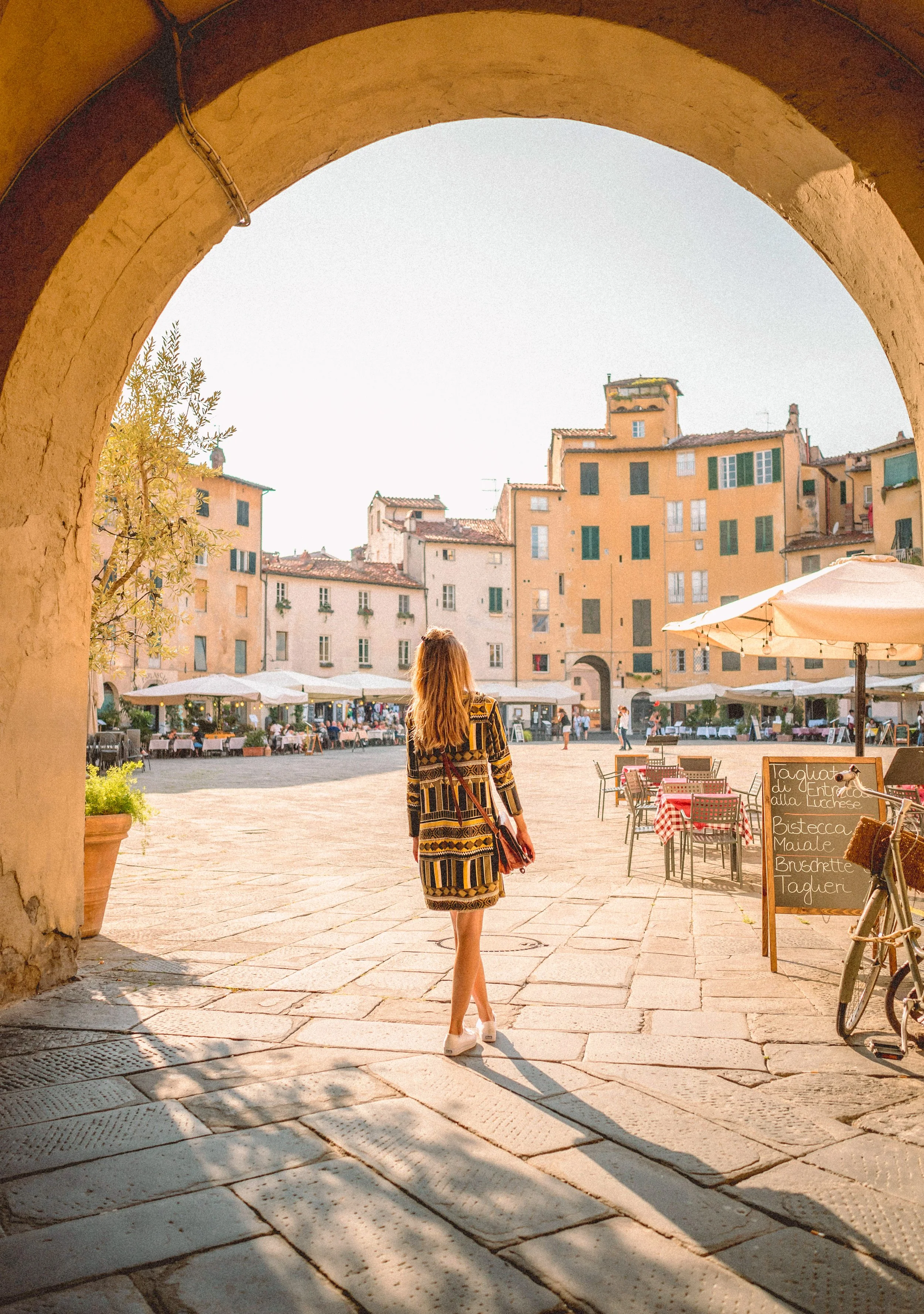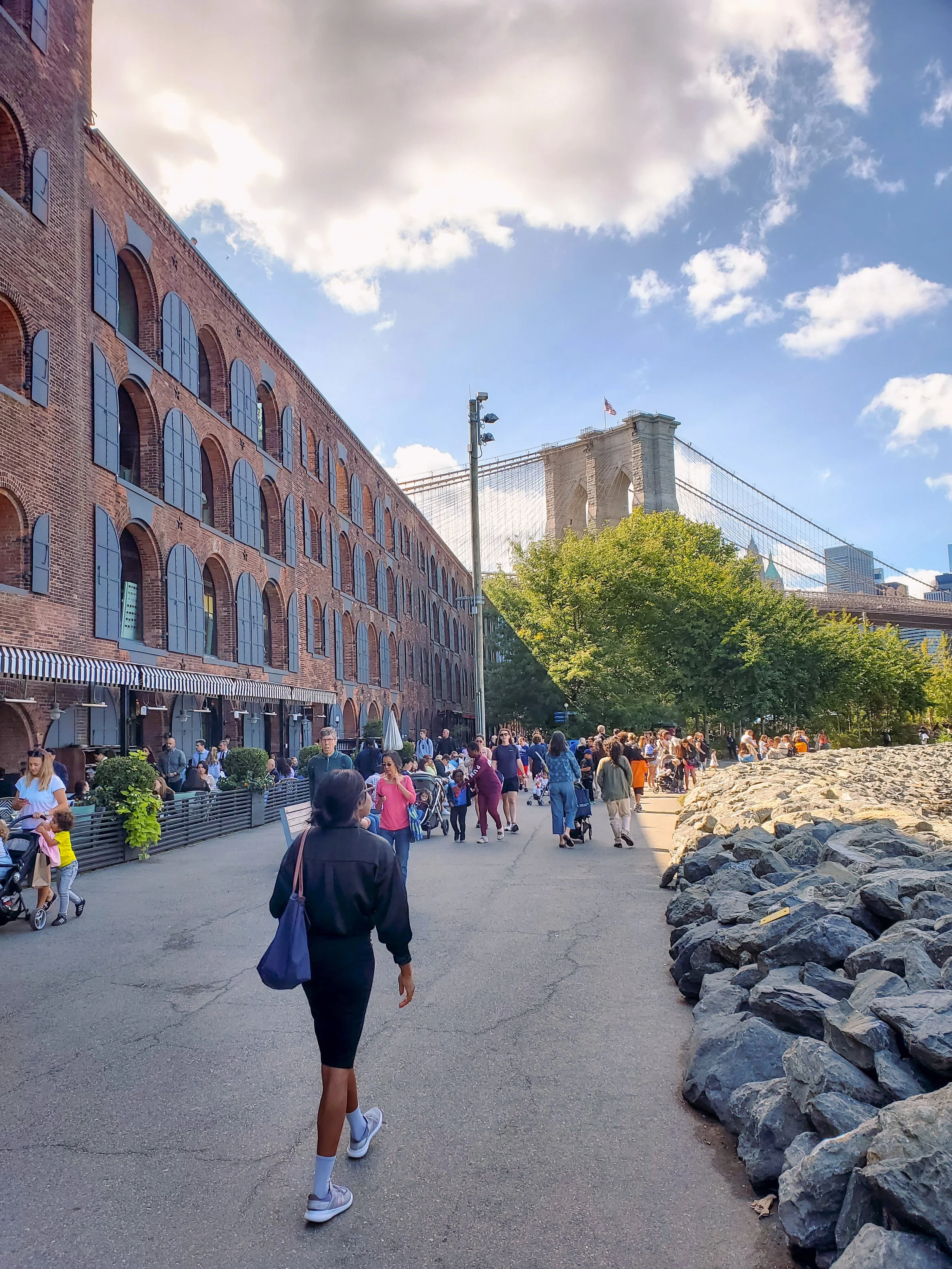How to Avoid Overwhelm as an Introverted Solo Traveler
Solo trips are just as much for introverts as they are for extroverts. If anything, solo travel might have been invented by introverts. It’s the perfect opportunity to explore the world at your own pace without any secondary opinions or accommodations. However, if it’s something you haven’t done before, it can be intimidating. Where do you go? How do you feel safe? How do you know which destination is the right one? What’s the best place to stay? Should you book activities or improvise?
For starters, take a deep breath. Solo travel is no different than spending time by yourself in your home city or hometown. It’s simply in a different location! Treating it like this big, scary challenge puts a lot of pressure on the experience, and the first trick is to remove that pressure. Go into it with an open mind and chances are, it will all work out for the best. With that said, it does help to have the right intentions as you plan to set the trip up for success. Breaking the preparation into smaller decisions helps alleviate the feeling of being overwhelmed so that you can start feeling excited instead.
Photo Credit (link)
Why Preparation is Important for Introverts
One of the things introverts find comforting is structure. Unfamiliar situations can cause anxiety because you don’t know what to expect. At home, you have set routines and familiar places that you frequent, like the corner coffee shop where the barista knows your order. Everything is predictable, which makes it comfortable. Travel will always have a certain level of discomfort. It’s a new experience, and new things naturally create wariness. But it’s an exciting kind of discomfort, the kind you know will come with the best memories. While planning a solo trip, fill each day with the type of places that you frequent at home. It might not be the same coffee shop you visit a few times a week, but it’ll be a similar environment to provide a sense of familiarity. On that same note, plan. Do research ahead of the trip to map out places you might like to check out. And we mean, literally map it out. Create a saved map in Google Maps or whatever app you prefer, that way you can easily access it later.
What to Consider While Choosing a Destination
Choosing a destination is a loaded decision and can often be overwhelming to think about, especially if you haven’t planned many trips. When the world is your oyster, where should you go? The trick is to break it out and ask yourself a few questions…
How much time do you have?
The easiest way to ruin a trip before it begins is by not allowing enough time to enjoy the destination because you spend too much time traveling to and from. For a weekend trip, avoid places with significant travel time. Maximize your time by choosing somewhere relatively close to where you live - no more than 2-3 hours. For a long weekend (three days or more), try to keep travel time to 3-5 hours. The key for trips with fewer days is the less time you need to get there, the better. Trips that are at least 4-6 days or longer are worth the longer flights and train rides. Chances are, if you’re traveling farther, you’re also changing time zones, and that difference can hit pretty hard if it’s three or more hours. So on top of travel time, it’s also essential to factor in time for adjusting to jet lag.
What am I looking to get out of this experience?
This isn’t meant to be a trick question. There’s no wrong answer, and it doesn’t need to be particularly thought-provoking. Do you want to relax and slow down? Is this a bucket list trip, like sticking your toes in the Pacific for the first time? Do you want to eat your way through a city known for its cuisine? Are you hoping to enjoy a wealth of art and culture? Do you want to spend a lot of time in nature? Are you hoping for waves or mountains? These simple things will help narrow down your choices.
How do I want to get around?
No matter how you travel to your destination, you’ll still need to get around once you’ve arrived. If you’d prefer to get by on foot, that should factor into the destination. Visiting places that are more spread out probably aren’t the best option this time around. Visiting locations that are walkable and have strong public transportation would be best. Road trips, small towns, and nature-based travel will more than likely require a car - whether it’s your own or a rental.
How do I want to spend my time?
We love a lazy day, ordering room service and enjoying the hotel room we paid for, but it’s also essential to get out of the hotel and explore the destination you worked so hard to get to. So what would you like to do? Are you hoping to hike a different location every day? Do you want to browse museums and art galleries? Do you want to go whale watching? Are you interested in exploring on your own or joining tours? Factor your interests into choosing a destination. For example, if you’re hoping to get in a hike or two but also want to visit a place that has a strong arts community, Asheville, North Carolina, could be a strong contender.
Photo Credit (link)
Finding Accommodations That Feel Safe & Comfortable
Now that the destination is determined, it’s time to start the actual planning. First up, where are you going to stay? Think about how you’ll feel safest - especially if you’re a female solo traveler. Does a hotel feel safer, or do you prefer an Airbnb or other type of rental? Then think about where you’d like to stay in regard to your location? If the trip is somewhere more remote, would you prefer to stay in the main downtown area or get a secluded cabin? If you’re in a city, which neighborhood has the vibe you’re looking for? This will be your home for a few days, so whatever you decide, make sure it feels right for you.
Trip Planning with Flexibility
Introverts tend to have waves of energy throughout the day. Chances are, you know when you’ll have the most energy to explore and when you need downtime. Build that into your trip planning. If there’s a tour you really want to go on, schedule it when your energy is likely to be at its peak. Same with that 9-mile hike that has an epic view of a waterfall. For the time of day when you need to recharge and find quiet, head to the bookstore across from the hotel or find a cafe to catch up on some reading. By mapping out all the things you might want to see and do, you’ve already done the work of finding options so that you can choose what to do for whatever mood strikes. Plus, avoiding a strict schedule leaves room to wander, explore, and breathe so that the trip doesn’t turn into an exhausting to-do list that you forget to enjoy.
Photo Credit (link)
Ground Before You Go & Start Slow
The planning is complete. You’ve done all the research and couldn’t be more prepared. Now it’s time to get ready for the trip and head out. Before leaving, pack any of your must-have comfort items. Do you have a specific tea you drink at bedtime? Do you need noise-canceling headphones for the plane? Is your journal a non-negotiable item? Once your bag is packed, make sure your home is ready for you to return to. Knowing that your bed has clean sheets, the sink is clear of dirty dishes, and the bathroom is clean can create peace of mind so that all you have to do when you get home is put on comfies and curl up on the couch with your favorite blanket.
Once you arrive, give yourself time to adjust before diving into activities. Arriving in the evening is great for this. You have no expectations or goals except finding a meal and hopping into bed. The next day is a fresh start with no travel, making it easier to enjoy the destination. Make sure each day includes downtime to recharge. That can be an afternoon nap at the hotel, reading in a park, or walking through an art gallery. Stay in tune with your mind and body to avoid getting overstimulated or overexerting your energy reserves. This is your trip, no one else’s. If you need to call it a day early because the museum was a little too crowded this morning, do it.
It all comes down to prioritizing your needs and interests, which is why solo travel is so perfect for introverts. Yes, it can be scary doing things on our own, but the rewards are unmistakable when we’re doing things that bring us joy. If planning a solo trip starts to feel overwhelming, take a minute to break down the decision you’re currently faced with. When you break up the decisions into smaller choices, it’s less intimidating and leads to planning progress. When you bring comforts from home on your trip with you, it creates a feeling of familiarity in a strange place. When you do the research before you leave and give yourself options that excite you, it’ll be easier to step outside and explore. When you choose a destination that feels good rather than sounds good, you’ll set yourself up for success. Travel is flexible to be whatever you want it to be - even if that’s a slower trip with no solid itinerary, and time dedicated to recharging in quiet corners.
















